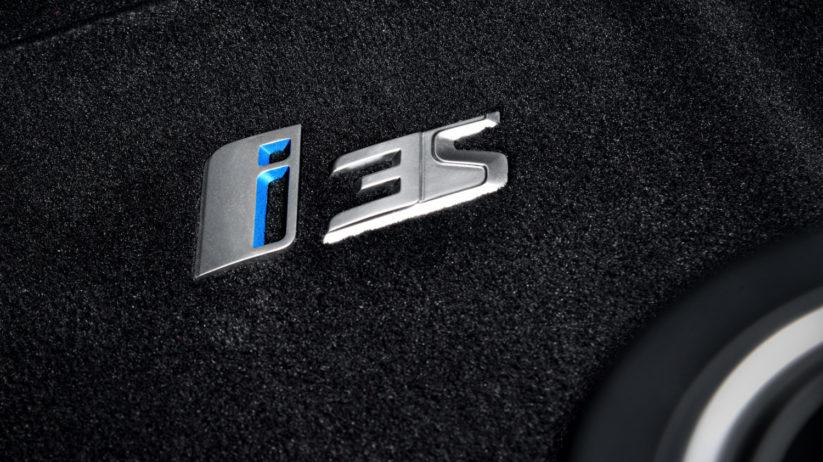We’re utterly powerless to stop the endless forward march of time. Cars that I lusted after as a kid (and that many of my readers bought new) are readily available for a couple of grand. Depreciation hits luxury brands harder than most, it seems, and that’s always in the back of my head when I look at newer cars.
This got me thinking about my current favorite non-M BMW, the i3. Like a certain other futuristic—but aesthetically-challenged—vehicle, “She may not look like much, but she’s got it where it counts, kid.”
I spent a decade on and off working at a hobby shop, specializing in high-end radio-control cars and trucks. I witnessed first-hand the transition from nitromethane/methanol-fueled engines as they gave way to brushless electric motors and lithium-polymer batteries powering the highest-performing models. It was a revelation: With all of the torque available from zero rpm, they took off like rockets, en route to an impressive top speed. As battery technology improved, so did run time, and that’s when hobbyists began to rapidly adopt the technology.
I see full-size cars following more or less the same trend. The combination of rapid technological progression, typical luxury-car depreciation, and the massive government incentives when the cars were new will work in concert to make these cars incredibly cheap when they move to their third owners and beyond. In fact, they’ll probably get cheap enough that I can afford to buy one!
The first i3s were offered in 2014, making the oldest cars nearly five years old. In fifteen years or so, I imagine that I’ll be using some sort of augmented-reality neural network to browse Craigslist for cheap project cars. Given the i3’s popularity—they’ve sold over 30,000 of them in the U.S. so far—I should have no problem finding one.
The body, made of carbon-fiber-reinforced plastic, likely won’t need much attention, but I’m concerned with how the biodegradable interior materials will hold up. That said, I’m eager to see what that beautiful open-pore Eucalyptus wood trim will look like after twenty years.
It’s very likely, however, that the lithium-ion batteries will need replacing by then. That’s fine, as I’m certain that there will be far more powerful, efficient, and—most important—inexpensive options available by then. The motor itself will likely be fine, but it’s almost certain that there will be plenty of homebrew software options. Those solutions will likely dramatically alter the throttle response, transforming the mild-mannered commuter into a rocket ship (at least as far as acceleration is concerned).
With the drivetrain under control, I’ll likely turn my attention to the suspension. The Japanese market received a 20-mm lower suspension to account for better-quality roads (their highway system is privatized), and I’m willing to bet that those parts will be far cheaper than aftermarket options. Add some wider, stickier rubber mounted to i3S wheels, and you’ve got yourself quite a little autocross terror! With all of the heaviest parts of the car mounted beneath the passengers, the center of gravity has to be pretty low. Add prodigious grip and near-instantaneous acceleration, and you’d be nearly unstoppable.—Cam VanDerHorst





















